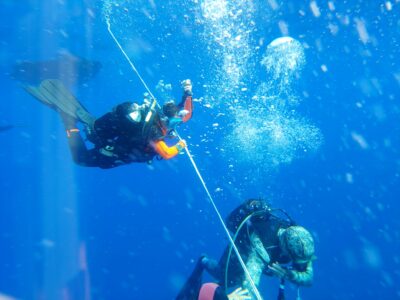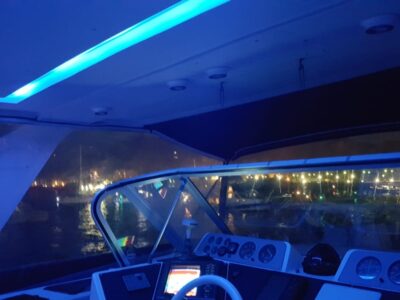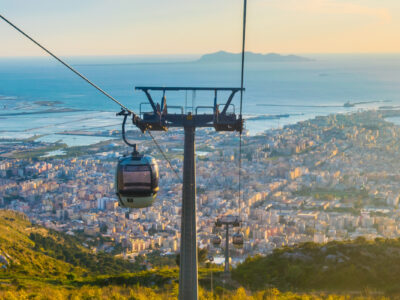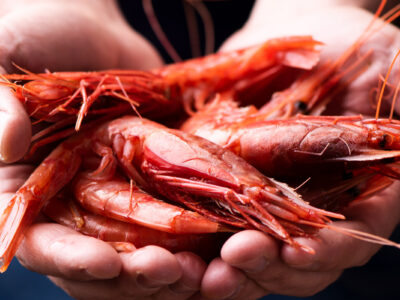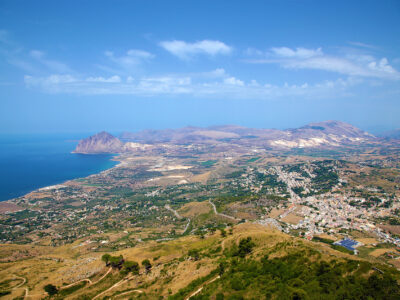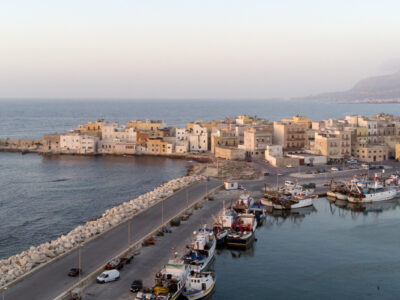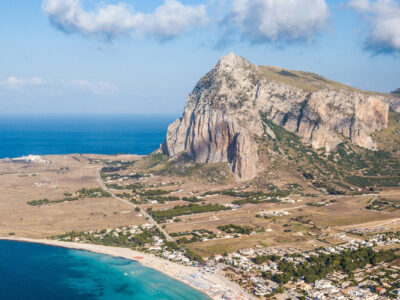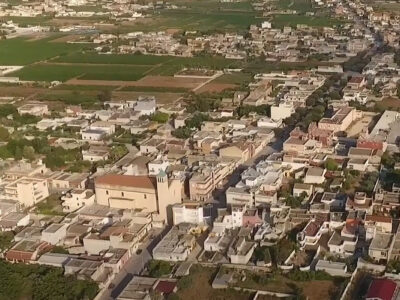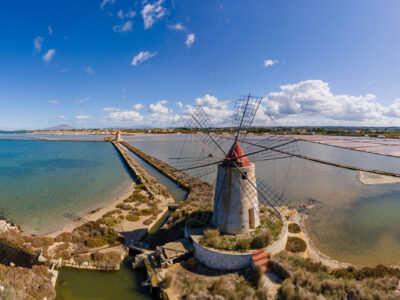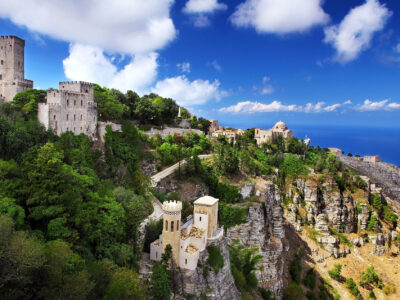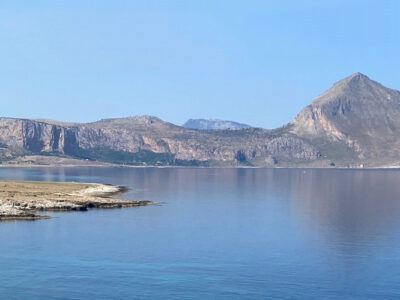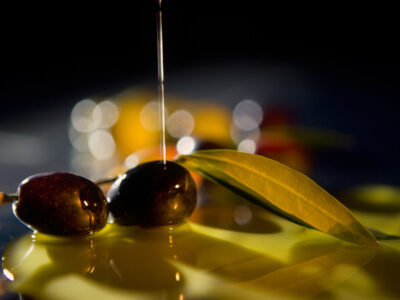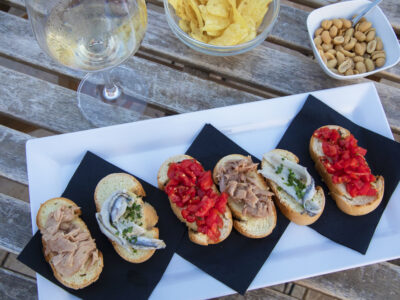According to the legend, Church of St. Julian was built by Ruggero (Roger) of Altavilla in 1076, to thank the Hospitaller Saint who had helped his son Giordano (Jordan) to oust the Arabs from the city, appearing on a white horse and with a pack of dogs.
Probably with Gothic shapes, it was renovated between 1612 and 1615 assuming its current appearance: a gabled facade with portal and niche on the top, referring back to the Renaissance tradition, the interior is with three naves and the main altar is decorated with Baroque stuccoes.
In 1927 it was closed for a fall and reopened, after nearly 80 years, in 2005.
Inside the church are housed the “Misteri”, four statuary groups representing episodes of the Passion of Christ. In the adjacent rooms are collections dedicated to the “wax modelling technique”, an art already practiced by the Romans, which in Erice was a prerogative of the Carmelite Sisters of Saint Thérèse.
The 18th century bell tower, with a “pagoda” covering, rises up next to it.


